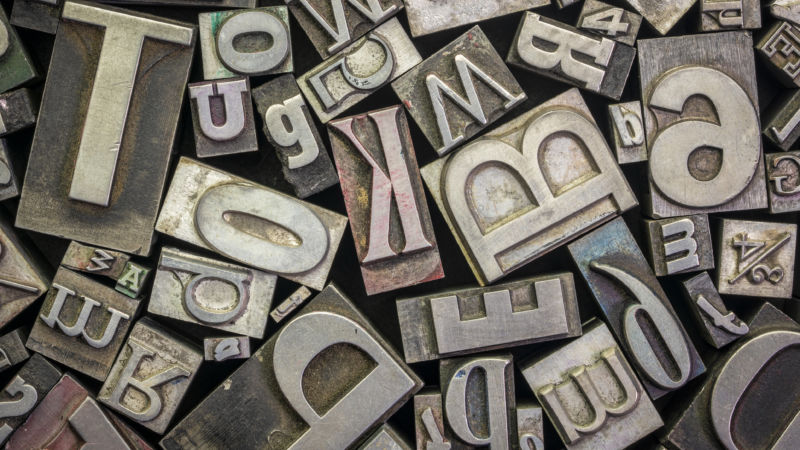I thought by now it was becoming common knowledge that lawyers should avoid using Times New Roman as the font for their legal documents. But I had a conversation with an experienced lawyer about font choices in appellate briefs, and this experienced lawyer was trying to tell me that font doesn’t matter. “Just leave it on Times New Roman,” the experienced lawyer said. “That’s what judges are used to; it’s what they expect. There’s no reason to shake it up.” And maybe this is true. Maybe judges, after seeing thousands of court filings, simply get “used to” and “expect” these briefs to look a certain way.
But that doesn’t mean that that’s how judges want things to be. In fact, there’s evidence to the contrary. The U.S. Court of Appeals for the Seventh Circuit, for example, advises lawyers against using Times New Roman.
The appellate court in Connecticut actually requires briefs to use Arial or Univers. And the U.S. Supreme Court has long required lawyers to use a font from the “Century family” (e.g., Century Schoolbook).
Of course, most courts don’t go that far. Most courts simply require a “legible” font of a particular size (usually at least 12-point). So does that mean you should go ahead and default to Times New Roman — because that’s what judges “expect?” No. Not at all. But don’t take my word for it.
First, read legal-writing guru Bryan Garner’s full-throated endorsement of a book called Typography for Lawyers, by Matthew Butterick. Then read what Butterick says about using Times New Roman in legal documents:
“When Times New Roman appears in a book, document, or advertisement, it connotes apathy. It says, ‘I submitted to the font of least resistance.’ Times New Roman is not a font choice so much as the absence of a font choice, like the blackness of deep space is not a color. To look at Times New Roman is to gaze into the void.
If you have a choice about using Times New Roman, please stop. Use something else. . . . Times New Roman connotes apathy. You are not apathetic.”
Butterick offers several font recommendations for legal briefing. Personally, I like Century Schoolbook — to me, it just has that federal court feel to it. I’m also fond of Adobe Caslon Pro and Sabon.
The trick is to choose a font that looks clean and professional. It might not look the same as all those thousands of other court filings that the judges are expecting to look a certain way. But that’s probably not a bad thing.
Your font choice is crucial in an appellate brief — don’t make the mistake of ignoring it. After all, using a professional and clean font will make your document stand out, and it is more likely to be well-received than a document that looks like every other one the judge has seen.






